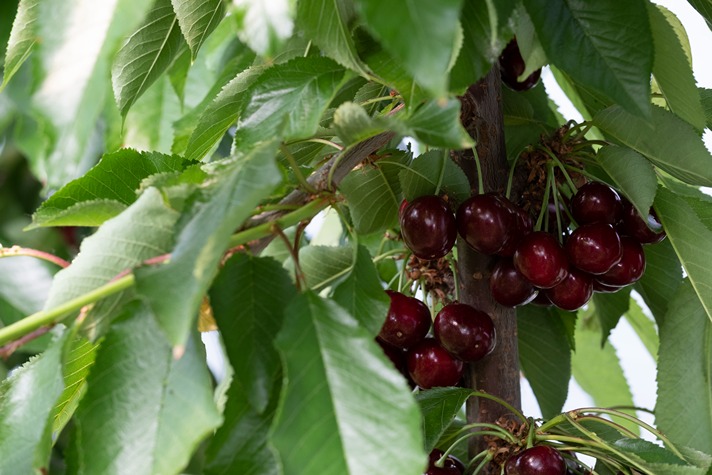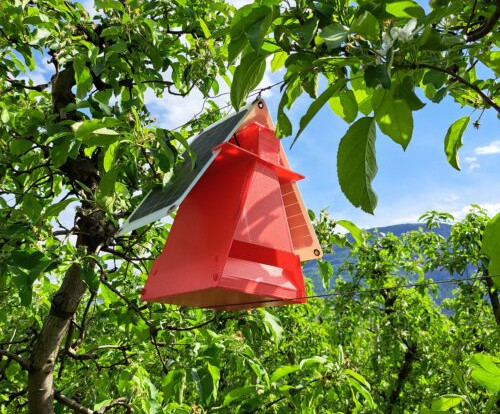On the afternoon of July 9th, at the CTIFL headquarters in La Tapy, the traditional technical presentation of cherries took place. This annual event is highly anticipated by cherry professionals, not only to learn about the progress of work on this species but also to exchange ideas with their counterparts.
This year, the event was also well-attended, and the experts in the field were pleased to share the results of their trials. The afternoon was divided into two parts: indoor lectures followed by a field visit.
Climatic Trends
The economic and climatic context for 2024 was discussed. It was noted that the weather conditions disrupted the schedule. The end of June marks the peak of the cherry season. The abundant precipitation this year has helped to replenish water reserves in the soil.
The satisfaction with the cold in the orchards was challenging but anticipated compared to 2023. We also noted that the price per kilogram did not hinder consumption, although we must remain vigilant in the face of imports. Aliénor Royer, an engineer at CTIFL, spoke about the pressure of pests on production quality.
Drosophila suzukii appeared earlier than usual, causing damage to crops. The harvest started later than in 2022 but finished earlier than in 2023.
Varietal News
Amandine Boubennec, Product Line Manager at CTIFL, presented the performance of some red and bicolor cherry varieties during the 2024 season. Regarding red cherries, Sweet Aryana, a self-fertile variety, performed well with few cracks.
 Image 1: Sweet Aryana.
Image 1: Sweet Aryana.
The variety ASF 0907TH, also self-fertile, was the most consistent, producing 17 tons per hectare. For bicolor cherries, the Glen Blush variety achieved an excellent result with 42 tons per hectare, equivalent to 30 kg per tree. The Rosalolam variety proved to be the best in consumer tests.
For more details, read the complete presentation by Amandine Boubennec (download the presentation here)
Experimentation on New Rootstocks
Trials have begun for the evaluation of semi-dwarfing and dwarfing rootstocks on a larger scale. Over time, the new plantations will allow us to evaluate their development under different soil and climate conditions and with different management methods. At the same time, the monitoring of plantations continues at the experimental stations to better characterize this material.
For more details, consult the complete presentation by Aliénor Royer (download the presentation here)
Source: CTIFL
Image: SL Fruit Service
Cherry Times - All rights reserved











